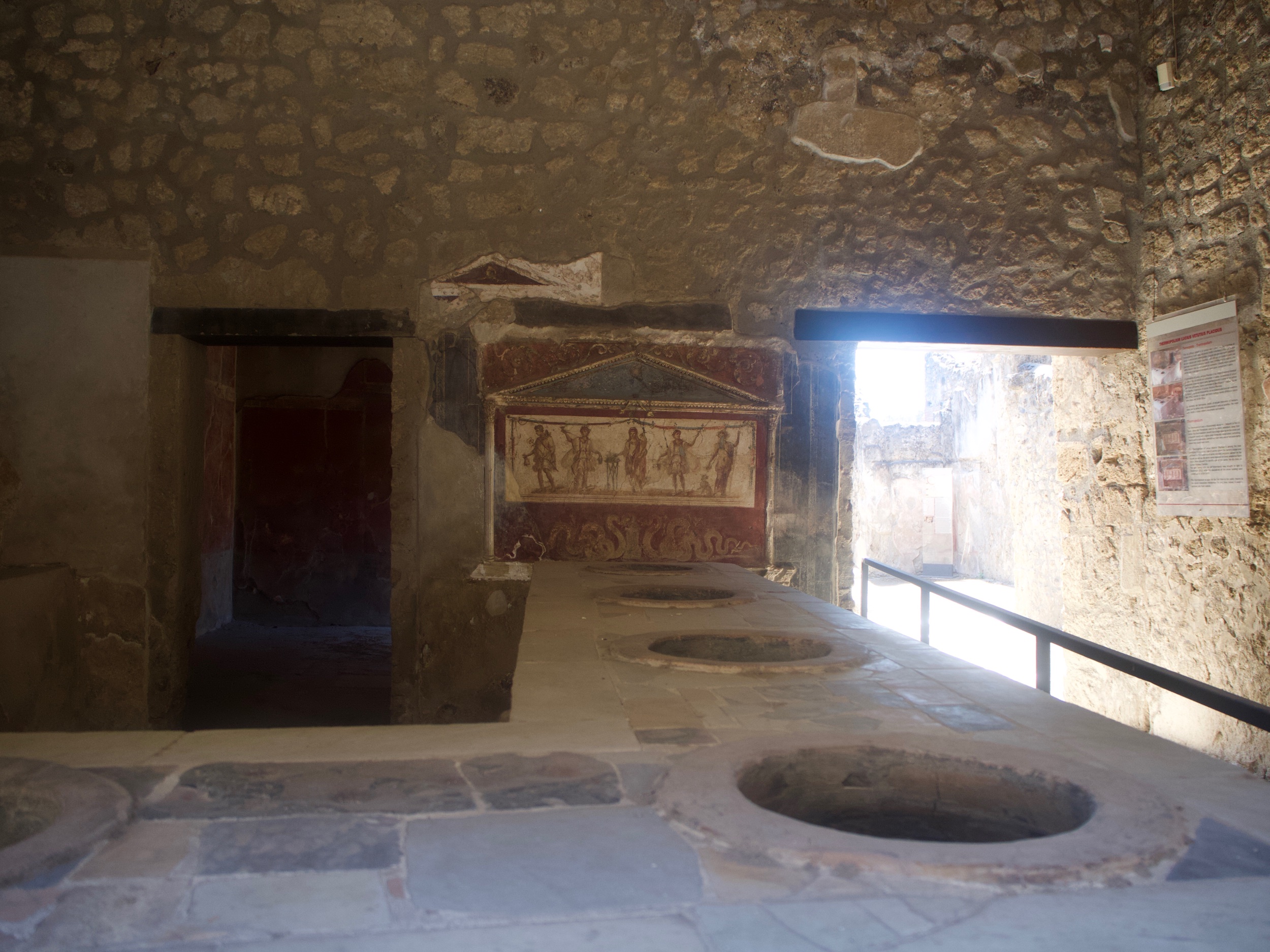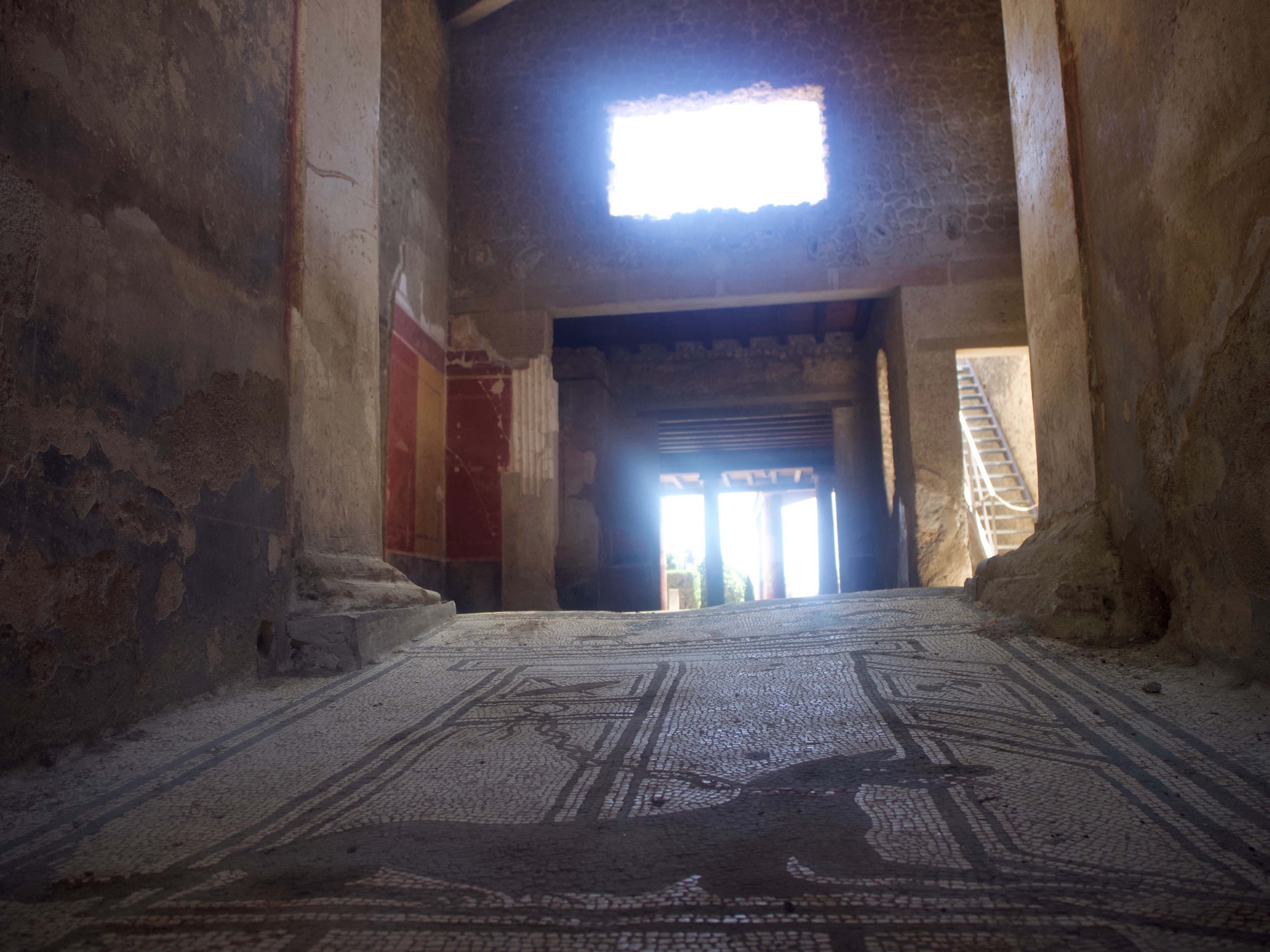Pompeii: A Town Frozen in Time
Pompeii… By a show of hands, who hasn’t heard of it?
*cricket cricket* Yah that’s what I thought.
For those of you who don’t know (or need a refreshment on the history) it was the ancient milestone that was destroyed by the 79 AD eruption of Mt. Vesuvius. When I saw a tour available for this ancient super center, I jumped on it ASAP.
Some History on Pompeii
Pre-eruption Pompeii was a bustling town of the Roman empire, not unlike other towns of the period. But on the faithful day in 79 AD, volcanic debris such as pumice and ash began pouring down on the town, buring it in around 9 feet of material. By the next morning, anyone not killed by the falling material would soon be killed by the surges of pyroclastic materials and heated gas that would soon engulf the town. Further rains of ash and volcanic material would layer another 9 feet of debris onto the site. By the end of the storm, the city was buried by around 20 feet of pumice and ash which effectively preserved the site until its discovery nearly 17 centuries later in 1748.
Fun fact, in the Pagan times of Pompeii and surrounding cities, the male gentalia was used as a good luck charm for businesses and the such and can still be found around the sites. When Christianity became the religion of the area, most of the paintings were turned into chili peppers.
My Experience at the Historic Hotspot
Saying I was excited to go to the ancient city is an understatement. Seeing the site in person is something I really never thought possible growing up. So signing up to go was a huge check off my bucket list. Pulling up to the busy, cobblestone square outside the opening gate was an adventure in itself, much like everywhere in Naples and the surrounding areas. Our tour guide waited in the ticketing line while we got to roam about. Right outside the gate we were at were some of the plaster casts of bodies found in the ancient rubble, complete carbonized by the elements of the eruption. Many bodies looked to be attempting to block themselves from the blast, but to no avail.
Once entering the gate into the ancient city limits, we were met with the colosseum and got to briefly tour the inside. We then walked throughout, finding gardens, city buildings, and shops, spas, etc. There is a modern garden with pomegranate trees planted in the exact spots as the ancient pomegranate trees of that time. In fact, the pomegranates have been proved to possibly change the historians original estimated date of the eruption. But I digress.
Once we made it through the entirety of the city, we passed through a big gate which led to ancient graves and tombstones of the time. This path led us back to the gate we came into and we were able to walk around for about 15 minutes before departing back to the tour office.
My Final Thoughts
Overall i would definitely recommend going to Pompeii if you are anywhere in the area! Walking through the gate is like walking into a time machine back to the hustle and bustle of ancient times! I would always recommend getting a tour guide so they can explain everything instead of going through with no information, but either way you’re in for a historical treat. The site is very close for those in the Naples area and a full day trip (there, tour, and return) for those in the Rome area. According to our tour guide, there are two gates available for entry. The gate through which we entered (near the colosseum) is generally less busy than the gate on the other side of the site. This is also the gate that has the viewing of the plaster casts.
Thank you for reading and happy traveling.
Date Visited: August 1, 2019


















